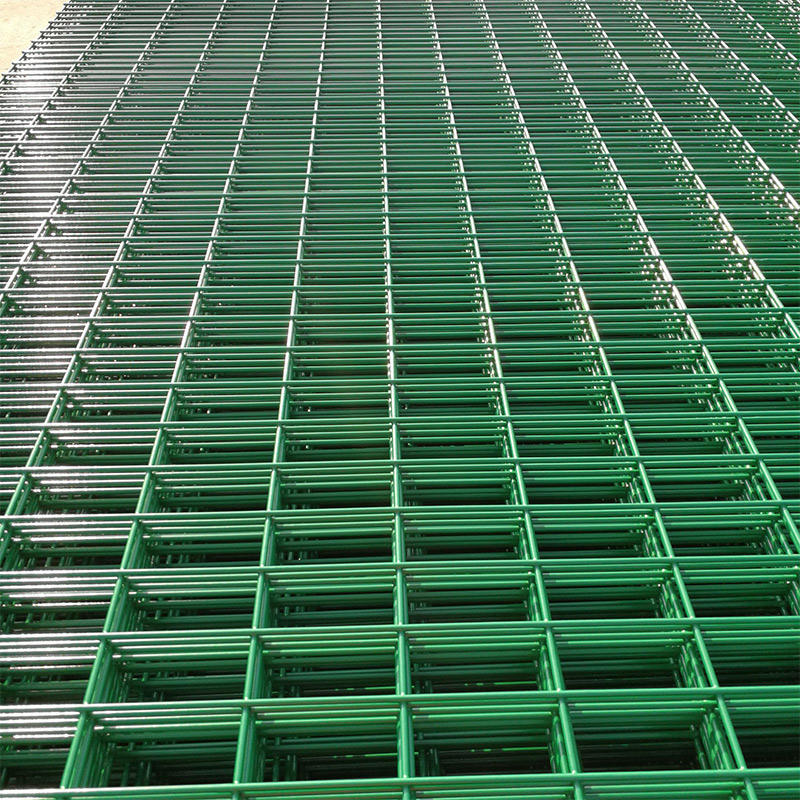Nov . 02, 2024 11:18 Back to list
reinforcing mesh for concrete slab
Reinforcing Mesh for Concrete Slabs
Reinforcing mesh, commonly referred to as rebar mesh or welded wire fabric, plays a crucial role in the construction of concrete slabs. Concrete, while strong in compression, is relatively weak in tension. Therefore, integrating reinforcing mesh provides the necessary tensile strength, enhancing the overall durability and structural integrity of the concrete slabs.
Reinforcing mesh is typically made from high-tensile steel wires that are welded together to form a grid pattern. This grid can be manufactured in various sizes and configurations, allowing flexibility in meeting specific structural requirements. The mesh is laid out over the footing or foundation before concrete is poured, ensuring that it is encapsulated within the slab. The positioning of the mesh is crucial; it must be placed at the correct depth to maximize its efficacy and ensure that it supports loads effectively.
The primary function of reinforcing mesh is to control cracking that may occur due to temperature changes, drying shrinkage, or applied loads. When concrete cures, it undergoes volume changes that can lead to stress. The mesh acts as a tension element, distributing forces and preventing cracks from propagating. By doing so, it significantly extends the lifespan of the concrete slab and reduces the need for expensive repairs in the future.
reinforcing mesh for concrete slab

Moreover, using reinforcing mesh in concrete slabs promotes the uniform distribution of loads. This is particularly important in applications such as industrial floors, pavements, and structures that experience heavy traffic. An evenly reinforced slab can withstand heavy loads without succumbing to structural failure, ensuring the safety of both the structure and its users.
There are different types of reinforcing mesh available for various applications. For example, in residential construction, smaller gage wires are often used, while larger, heavy-duty meshes are employed in commercial settings. The choice of mesh type can depend on factors like the thickness of the slab, the anticipated load, and environmental conditions.
In addition to enhancing structural performance, using reinforcing mesh can also improve the efficiency of the construction process. It comes in sheets or rolls, making it easy to handle and install. Moreover, it minimizes the amount of rebar that needs to be tied together on-site, thus reducing labor costs and construction time.
In conclusion, reinforcing mesh is an indispensable component in the construction of concrete slabs. It provides vital tensile strength, controls cracking, and distributes loads effectively, enhancing the longevity and safety of structures. As modern construction continues to evolve, the use of high-quality reinforcing mesh will remain essential in ensuring that concrete slabs meet the rigorous demands imposed by both nature and human use. Investing in the right reinforcing mesh can lead to significant savings on maintenance and repair, showcasing its value in contemporary construction practices.
-
High-Quality Steel Grating Solutions for Industrial Applications | Durable, Safety, Customization
NewsJul.13,2025
-
Advanced Solutions-CompanyX|Enterprise Efficiency&Cost Reduction
NewsJul.13,2025
-
Sustainable Manufacturing-EcoTech Innovations|Waste-to-Energy System&Zero Emissions
NewsJul.13,2025
-
Welded Wire Mesh- Buildings Wiremesh Co., Ltd.|Durable Construction Material&Industrial Strength Solution
NewsJul.13,2025
-
Smart Production Solutions-Example Corp|AI Automation&IoT Monitoring
NewsJul.13,2025
-
Advanced Industrial Solutions-Advanced Industrial Solutions|Manufacturing Efficiency&Productivity
NewsJul.13,2025

